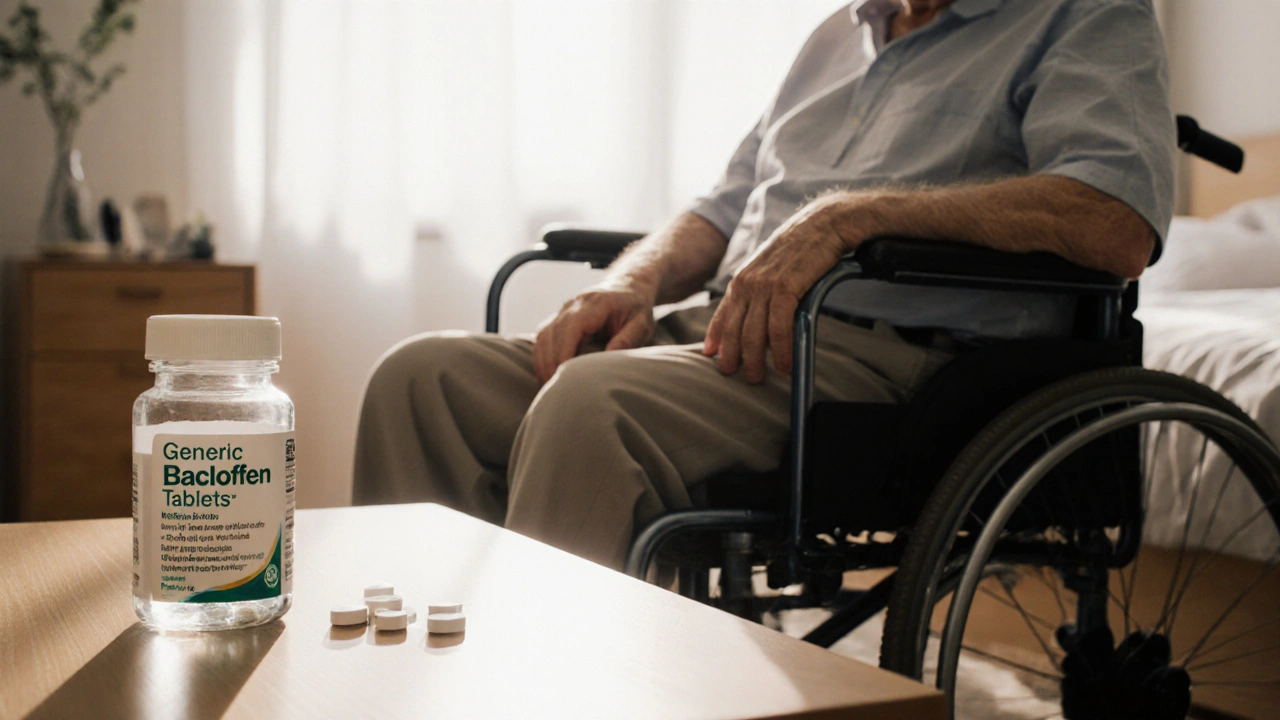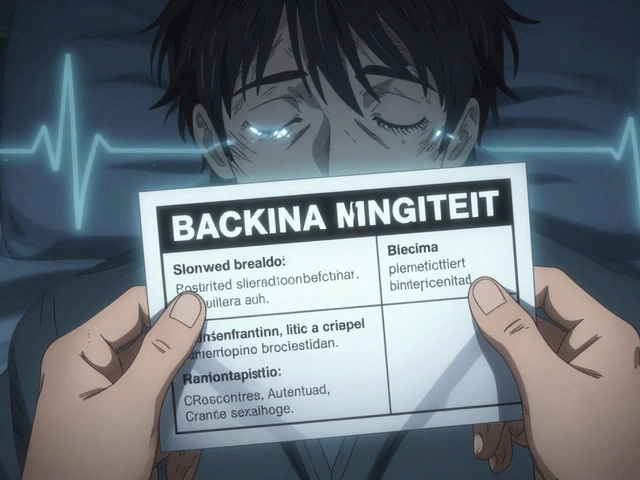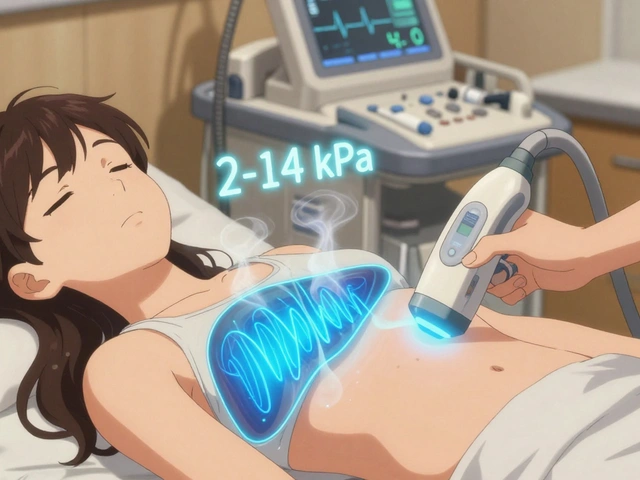Spasticity Medication: Types, Benefits, and How to Use Them Safely
When dealing with Spasticity Medication, any drug used to reduce abnormal muscle tone caused by conditions like multiple sclerosis, cerebral palsy, or stroke. Also known as spasticity drug, it aims to restore movement comfort and prevent contractures. Muscle relaxants, oral agents such as baclofen, tizanidine, and diazepam that act on the central nervous system form the core of many treatment plans. Spasticity medication encompasses oral muscle relaxants, injectable botulinum toxin, and intrathecal baclofen pumps. It requires proper dosing to balance tone reduction with side‑effect risk. Understanding how each option fits into a broader care strategy helps patients and clinicians choose the right tool for the right situation.
Key Drug Classes and How They Work
One of the most popular categories is Botulinum toxin, a locally injected neurotoxin that blocks acetylcholine release at the neuromuscular junction. By preventing the signal that causes muscle contraction, it offers targeted relief for focal spasticity without affecting the whole body. Another cornerstone is Baclofen, a GABA‑B receptor agonist that reduces excitatory neurotransmission in the spinal cord. Baclofen can be taken orally for mild‑to‑moderate tone or delivered via an implanted pump for severe cases, providing continuous control. These drugs illustrate a core semantic triple: Botulinum toxin reduces spasticity by blocking nerve signals, while Baclofen relaxes muscles by enhancing inhibitory pathways. Together they create a layered approach—local injections for spot‑on relief and systemic agents for broader tone management.
Beyond pharmaceuticals, many patients combine medication with non‑drug strategies. Physical therapy, stretching, and functional training reinforce the muscle‑relaxing effects and help maintain joint range. While not a drug, therapy supports the goals of spasticity medication by preventing contractures and improving functional outcomes. In practice, clinicians often prescribe an oral muscle relaxant first, assess response, then add botulinum toxin injections for stubborn areas, and finally consider an intrathecal baclofen pump if tone remains high. This step‑wise plan reflects another semantic link: Effective spasticity management requires a combination of medication and therapy, each enhancing the other’s benefits.
Keeping safety front and center is crucial. Common side effects of oral relaxants include drowsiness, weakness, and sometimes liver enzyme changes, while botulinum toxin may cause localized weakness or flu‑like symptoms. Baclofen pumps carry surgical risks and may need dose adjustments over time. Regular monitoring, blood tests, and open communication with your healthcare team keep these risks in check. By understanding how each medication works, its typical dosing range, and potential interactions, you can make informed choices and avoid surprises. Below you’ll find a curated list of articles that dive deeper into each drug class, compare costs, discuss buying options, and offer practical tips for managing spasticity safely and effectively.

Lioresal vs. Alternative Spasticity Treatments: Detailed Comparison
A thorough side‑by‑side look at Lioresal (baclofen) and its main alternatives, covering mechanisms, costs, pros, cons, and how to pick the right spasticity treatment.
Continue Reading



